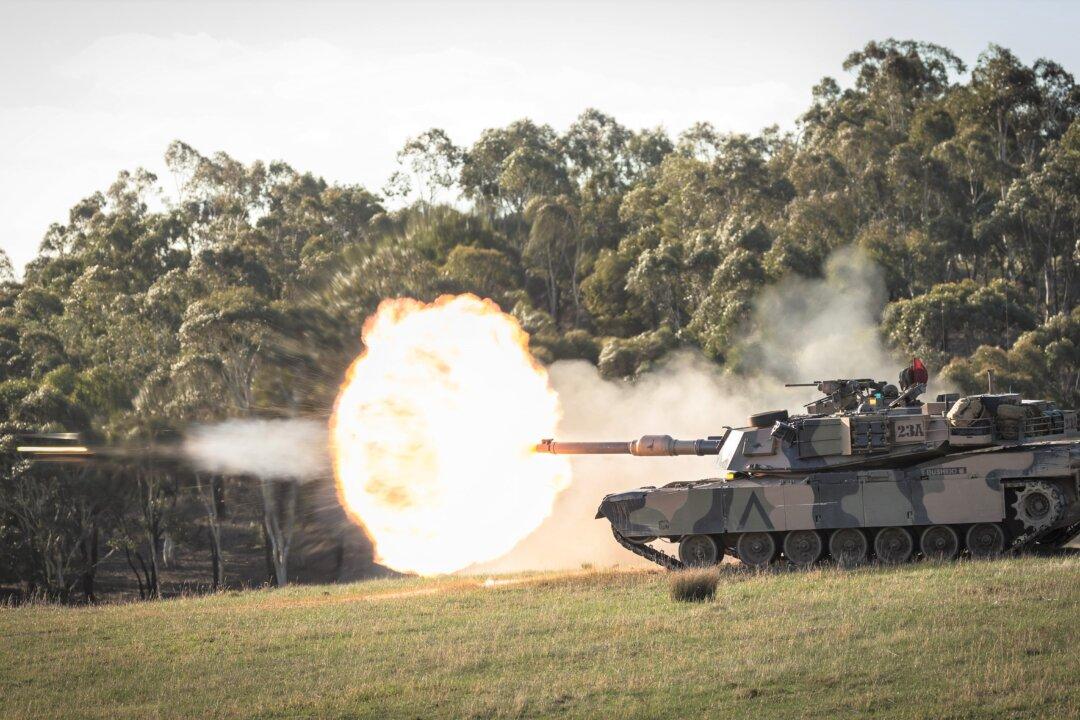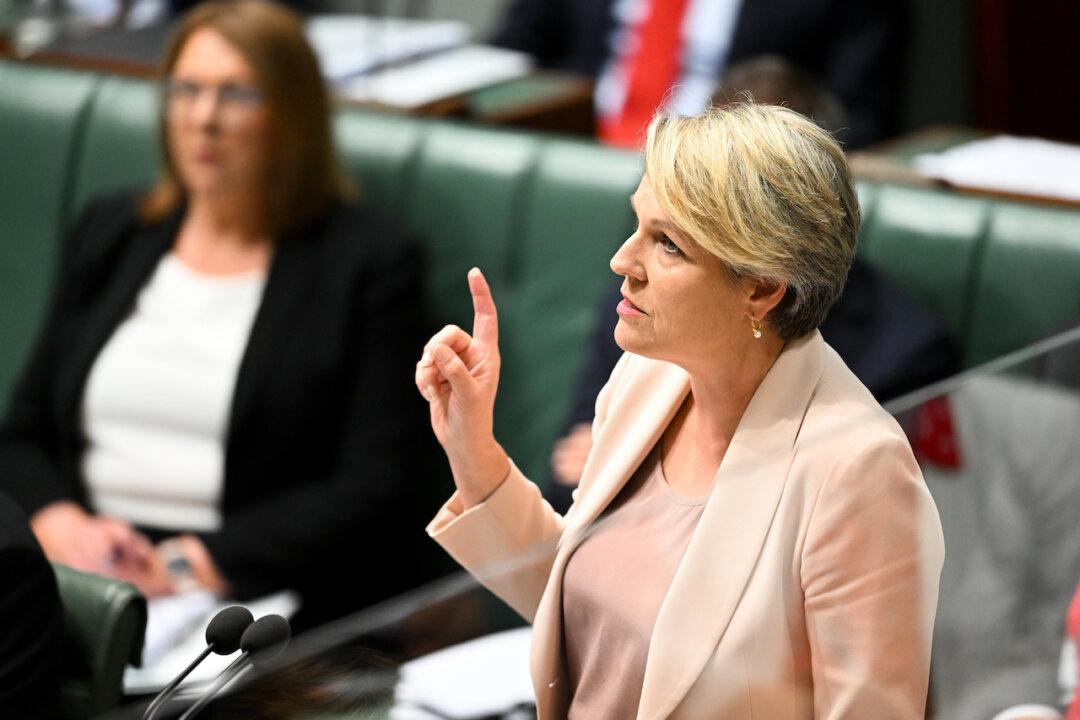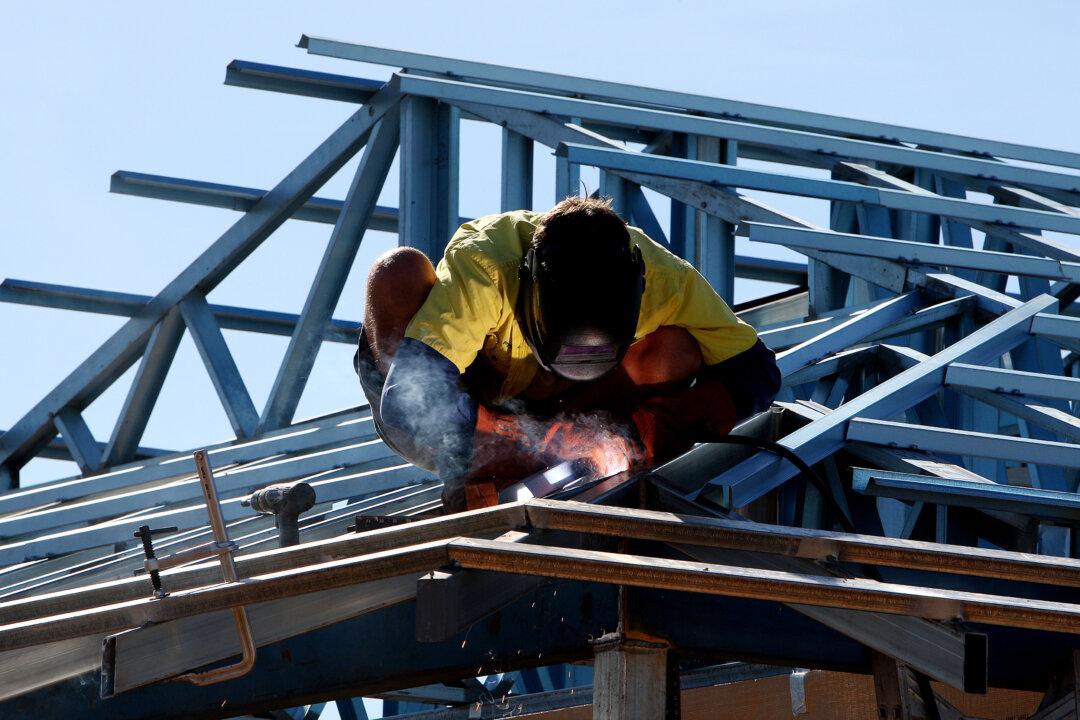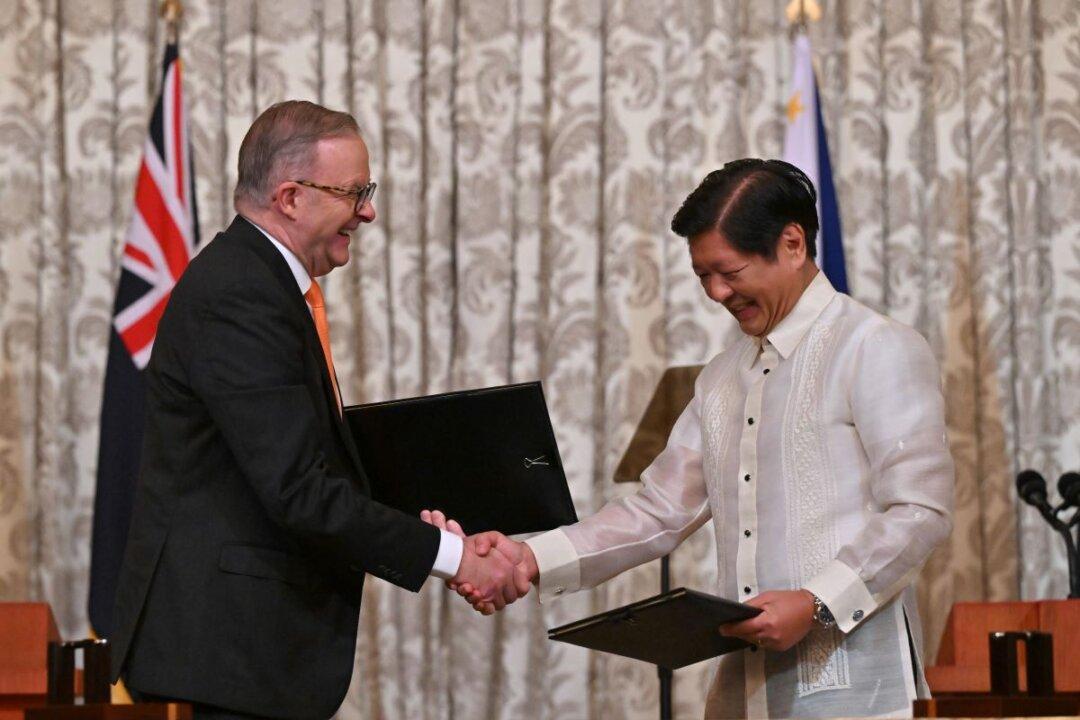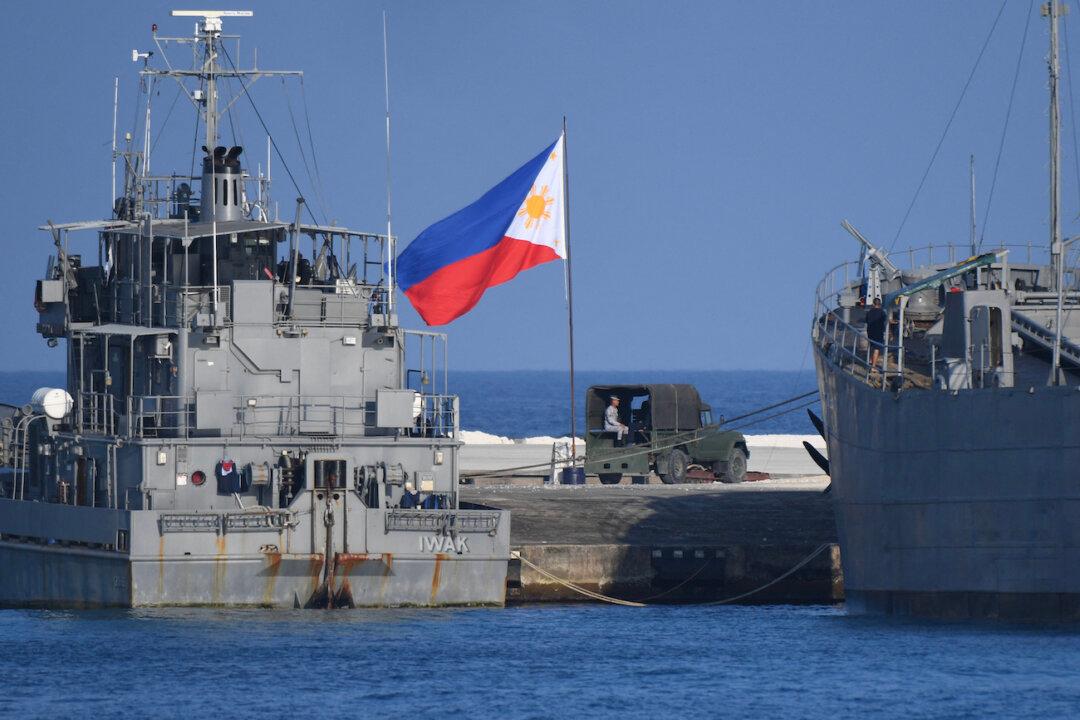The Chinese regime’s mouthpiece, Global Times, has criticised Australia’s decision to increase its national security funding by $1.9 billion over the next 10 years, accusing Canberra of “further escalating regional confrontation,” despite its editor-in-chief repeatedly calling for China to invade Taiwan.
The newspaper’s report on Wednesday titled “Canberra’s Defence Spending Means More Economic Carnage,” also accused Australia of “relentless and unreasonable provocations” and warned of retaliation.
